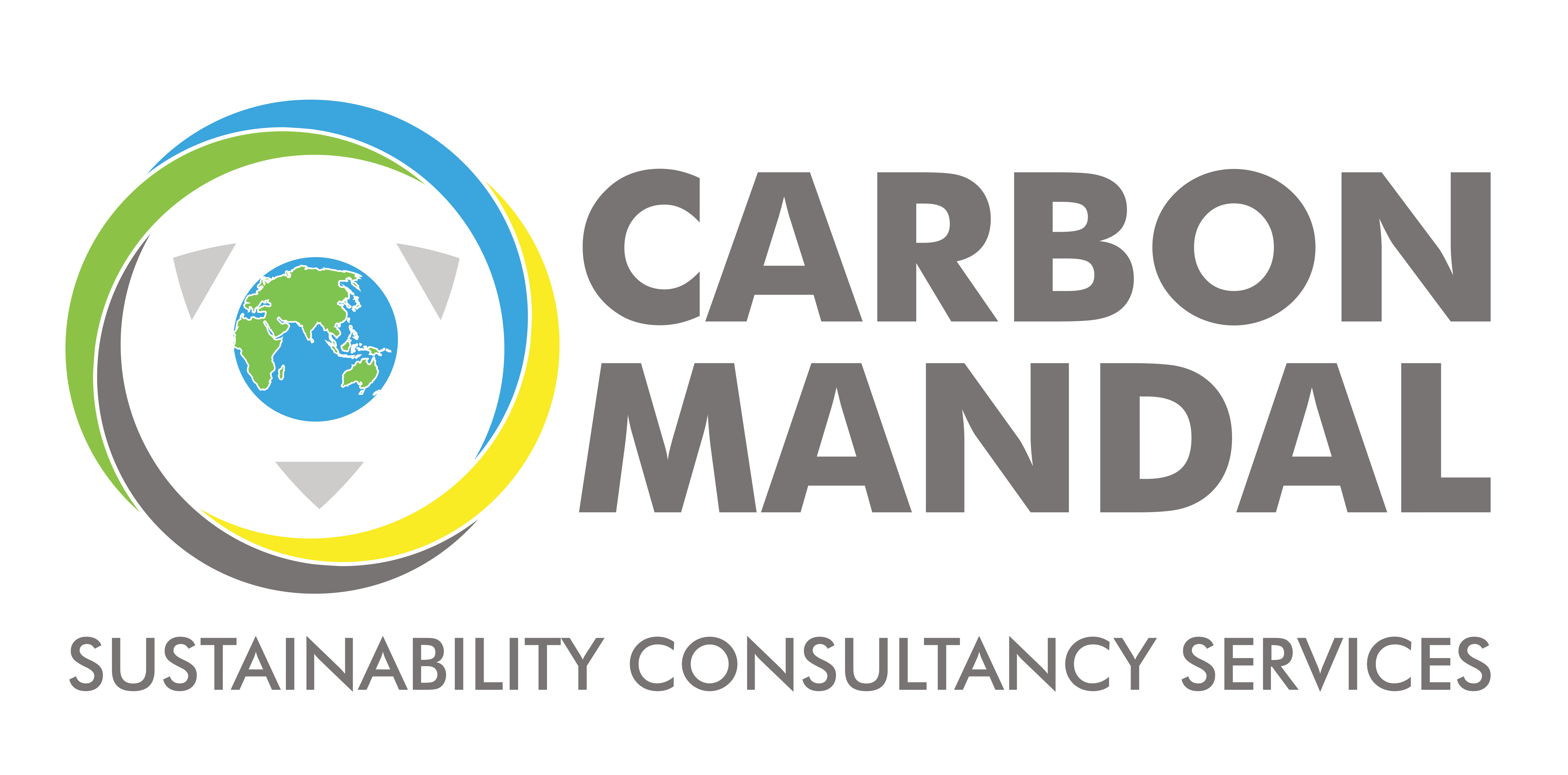The Battle against Climate Change is still on. With the world getting modernized everyday so does climate change. And it’s not the first time when the decision makers are coming together to discuss strategies to conquer climate change. Let’s see what COP27 will hold for India?
Posted by Carbon Mandal, co-authored by Gaurav January 4, 2023
Do you know?
Despite having “above normal” precipitation at 6% this year there was a fall in an average of Summer Corp due to skewed distribution in the crucial July-August period left large rain deficits in the Gangetic plains resulting in drought in 6 states including Bihar, UP and Jharkhand.[1]
Sounds alarming right?
To answer the above-mentioned case let’s have a quick revision of the term “Climate Change”.
Climate Change is the term used to describe changes in the planet’s typical climate mostly brought on by human activity. The sustainability of the planet’s ecosystems, the future of humanity, and the stability of the global economy are all at risk as a result of the unbalanced weather on Earth. And it’s not only India that is facing such issues, Climate change is one of the largest and most complex problems the world has ever faced.
UNFCC – A convention for climate change relief
It all started when several developed and developing nations began gathering on one stage to talk about the effects and solutions to climate change. Andthey named it as The United Nations Framework Convention on Climate Change (UNFCCC), which was intended to address “dangerous human interference with the climate system,” is the context for which the annual United Nations Climate Change Conferences take place. They also serve as the Conference of the Parties, or COP, which is the official gathering of UNFCCC parties.[2]
Going back in time
In the mid-1990s, COP meetings used to happen to discuss the Kyoto Protocol, an international treaty extended in 1992 by UNFCCC committing state parties to reduce greenhouse gas emissions.
But, it was during COP 21, after the agreement of 194 members of the UNFCCC Parties, Paris Agreement came into existence with a goal of a maximum increase in global average temperature of 1.5 degrees.To meet the terms of the agreement, we must reduce our global greenhouse gas emissions from the present 55 billion tonnes of CO2 annually to 8.5 billion tonnes of CO2 annually by 2050. By 2030, we need to reduce carbon emissions by 50%. Exactly eight years left till that.[3]
A recap of COP26:
Over 40,000 people registered to attend the UN Climate Change Conference in Glasgow (COP26), which featured 120 world leaders. The science, the solutions, the political will to move, and the obvious signs of action were all the topics of the world for two weeks.
Global greenhouse gas emission reductions are still far short of what is required to maintain a habitable climate, and assistance for the most vulnerable nations suffering from the effects of climate change is still woefully inadequate.[4]
But COP26 did produce new “building blocks” for putting the Paris Agreement into action, enabling the world to advance on a more sustainable, low-carbon path. In this agreement, we decided to move toward achieving net zero, reduce world average temperature to 1.5 C, adopt renewable energy sources, and reaffirm developing countries’ commitment to providing financial assistance to other nations in achieving the goal.
India’s stand at COP 26:
[3]India being one of the fastest developing countries in the world, and 3rd highest economy plays a very significant role in providing the world a more sustainable future. Therefore, India in COP 26 presented its Panchamrit for climate action, as followed:
By 2030, reach a non-fossil energy capacity of 500GW. By 2030, renewable energy will provide 50% of its energy needs. Reduction of one billion tonnes of the world’s estimated carbon emissions between now and 2030.
Reduction of the economy’s carbon intensity by 45% from 2005 levels by 2030. Achieving net zero emissions by 2070 is the goal.
Moving to COP27:
Building on recent successes from COP26 held in Glasgow in 2021, the primary issues stated on COP27’s agenda include nature, food, water, industrial decarbonization, and climate adaptation.
The entire world looked to the Sharm El-Sheikh event to give momentum to climate action after over a year of environmental disasters, shared experience of tragedy, and a previous edition that was roundly lambasted by environmentalists and the most vulnerable people as a failure. COP27 must be about implementation if COP26 was about building up the framework and providing advice. [4]
And the big question?
What will be the in COP 27 for India and the whole world. To know more about it stay tuned!
What will be the implications & ramifications of COP27 on India and the world at large? Subcribe to our newsletter to get weekly updates from the worls of sustainability & not missout on the COP27 sequel.
List of References
1.) Mohan, V. (2022). Monsoon 2022 ‘above normal’ but agriculture takes a hit. Times of India. https://timesofindia.indiatimes.com/india/monsoon-2022-above-normal-but-agriculture-takes-hit/articleshow/94572698.cms
2.) 2021 United Nations Climate Change Conference. (2022, November 11). In Wikipedia. https://en.wikipedia.org/wiki/2021_United_Nations_Climate_Change_Conference
3.) Climate finance: What India aims to achieve at COP27. Indian Express. https://indianexpress.com/article/india/cop27-india-fund-8251823/
4.) THE GREAT EXPECTATIONS: WHAT SHOULD COP27 ADDRESS AND ACHIEVE? Base. https://energy-base.org/news/the-great-expectations-what-should-cop27-address-and-achieve/#:~:text=Officially%2C%20the%20major%20themes%20listed,held%20in%20Glasgow%20in%202021.

